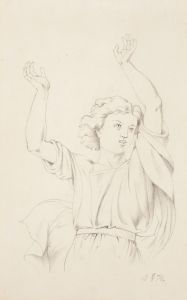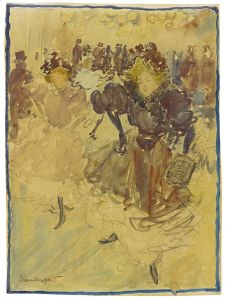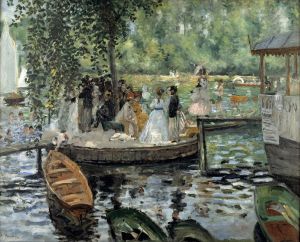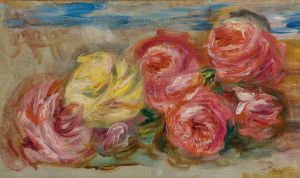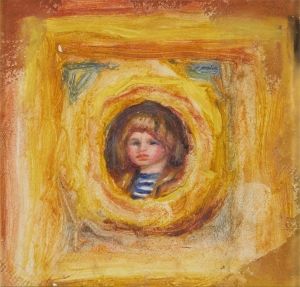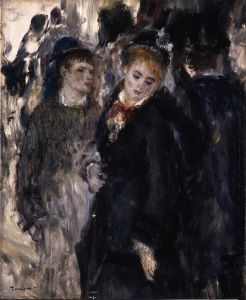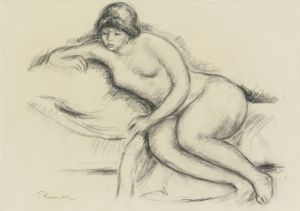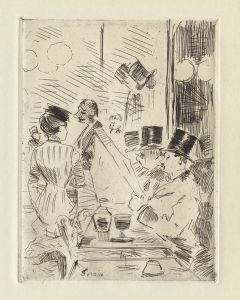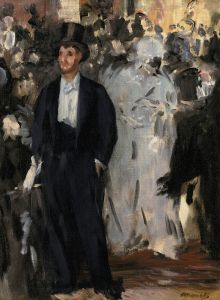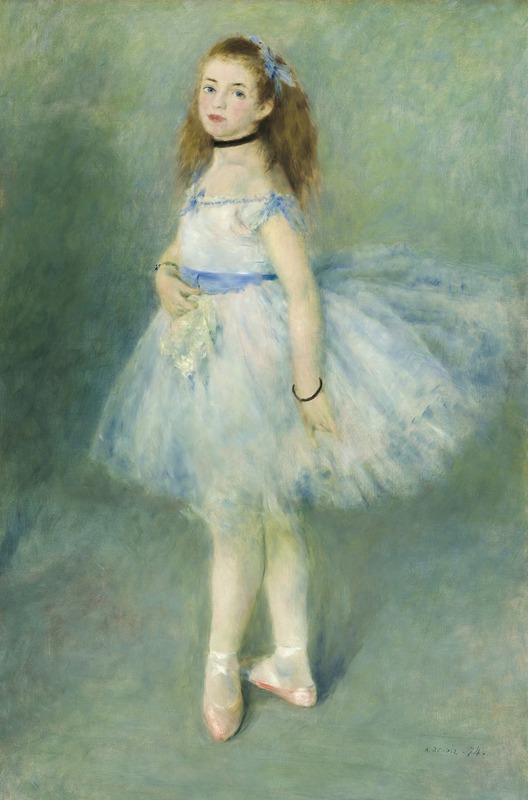
The Dancer
A hand-painted replica of Pierre-Auguste Renoir’s masterpiece The Dancer, meticulously crafted by professional artists to capture the true essence of the original. Each piece is created with museum-quality canvas and rare mineral pigments, carefully painted by experienced artists with delicate brushstrokes and rich, layered colors to perfectly recreate the texture of the original artwork. Unlike machine-printed reproductions, this hand-painted version brings the painting to life, infused with the artist’s emotions and skill in every stroke. Whether for personal collection or home decoration, it instantly elevates the artistic atmosphere of any space.
Pierre-Auguste Renoir's "The Dancer" is a celebrated painting that exemplifies the artist's mastery in capturing movement and the human form with vibrant color and light. Renoir, a leading figure in the Impressionist movement, painted this work in 1874, a pivotal year for the Impressionists as it marked their first group exhibition in Paris. This painting is a testament to Renoir's fascination with the lively social scenes of Paris and his ability to convey the dynamism and grace of dance.
"The Dancer" features a young woman caught in the midst of a dance, her body poised with elegance and fluidity. Renoir's use of soft brushstrokes and a light palette imbues the painting with a sense of immediacy and liveliness, characteristic of the Impressionist style. The dancer's dress, rendered in delicate hues, appears to shimmer with movement, while the background is a blur of colors, suggesting the bustling atmosphere of a dance hall or theater.
Renoir's interest in dance and movement was part of a broader fascination with modern life and leisure activities, a common theme among the Impressionists. This painting reflects Renoir's skill in capturing the fleeting moments of everyday life, a hallmark of Impressionism. His ability to depict the play of light on fabric and skin adds a layer of realism and vibrancy to the work, drawing the viewer into the scene.
The composition of "The Dancer" is carefully balanced, with the figure positioned slightly off-center, creating a sense of motion and spontaneity. Renoir's attention to detail is evident in the delicate rendering of the dancer's features and the intricate folds of her dress. The painting's background, though less defined, provides a sense of depth and context, enhancing the overall composition.
Renoir's work during this period was influenced by his interactions with other Impressionist artists, such as Claude Monet and Edgar Degas, who also explored themes of modernity and movement. Degas, in particular, was known for his depictions of dancers, and while Renoir's approach differed in its emphasis on color and light, both artists shared an interest in capturing the essence of dance.
"The Dancer" is housed in the National Gallery of Art in Washington, D.C., where it continues to be admired for its beauty and technical brilliance. The painting is a fine example of Renoir's ability to blend Impressionist techniques with a keen observation of human form and movement, resulting in a work that is both dynamic and harmonious.
Renoir's legacy as a painter of modern life is well established, and "The Dancer" remains a significant piece within his oeuvre. It reflects not only his technical prowess but also his enduring interest in the joy and vitality of human expression through dance. This painting, like many of Renoir's works, invites viewers to appreciate the beauty in everyday moments and the elegance of the human form in motion.





